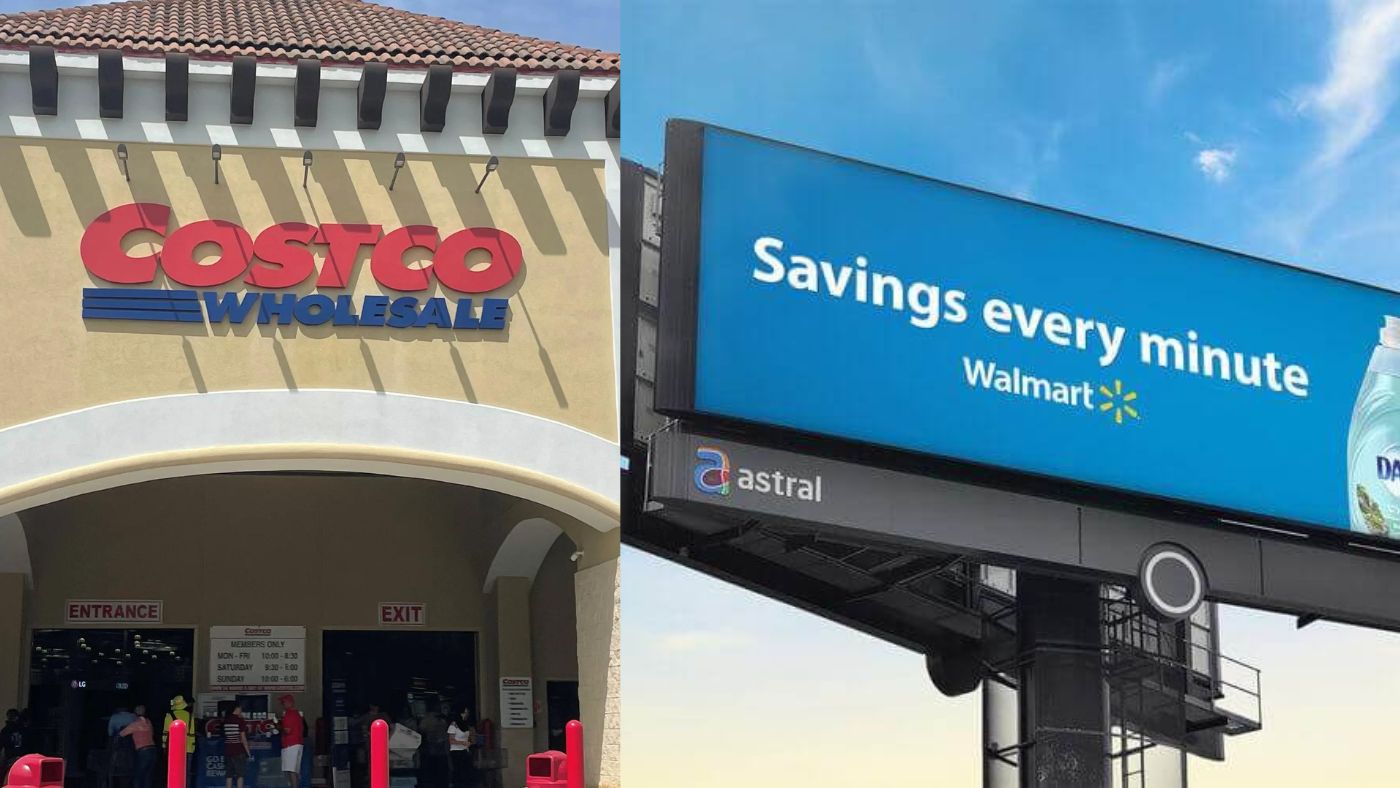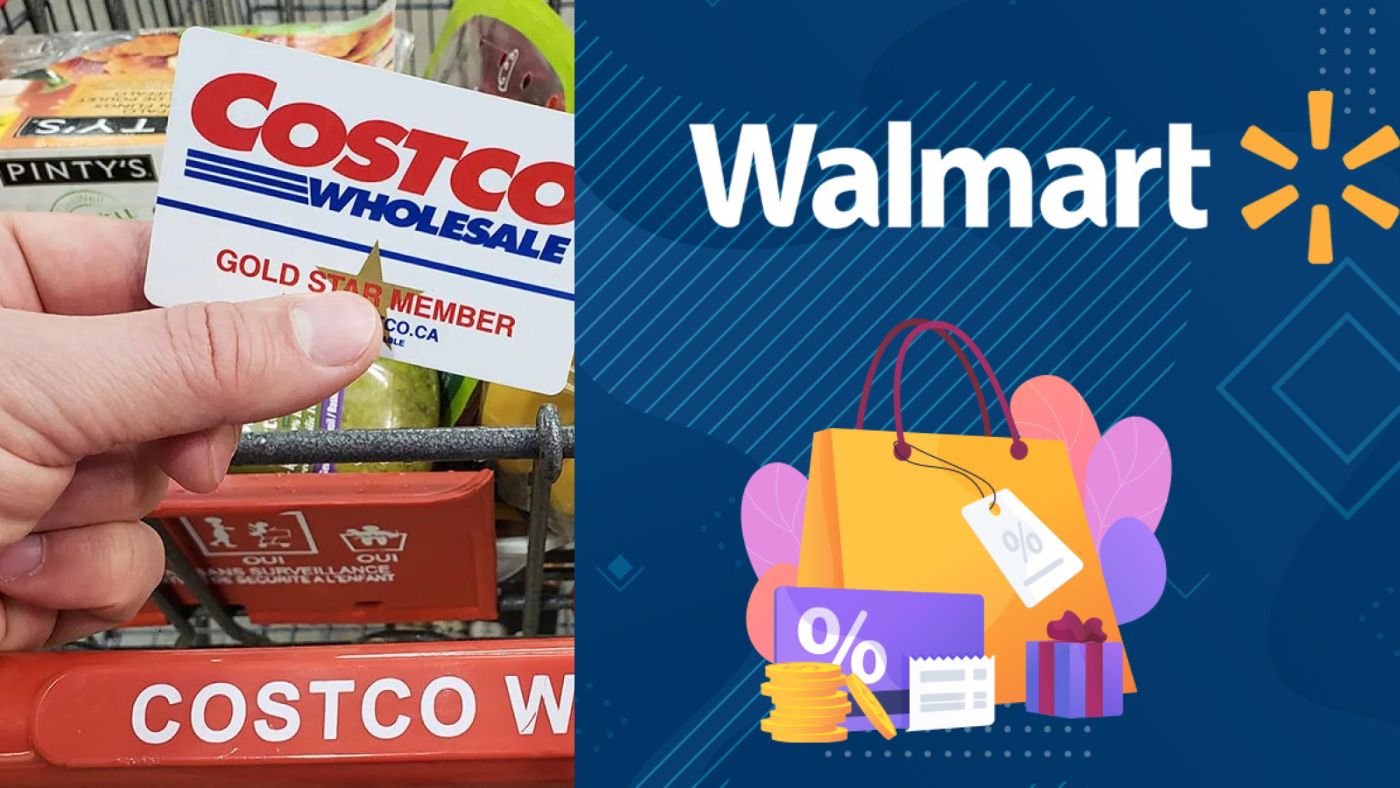If I pointed out that Walmart (WMT -1.89%) is a $650 billion retail business, no one would be surprised—we all know it’s massive.
However, if I mentioned that Walmart is a $100 billion e-commerce platform, that might raise some eyebrows. Well, prepare to be surprised, because it’s true: Walmart is a huge player in e-commerce.
When Walmart refers to e-commerce sales, it includes items bought online and picked up in stores. These aren’t purely online sales as some might think.
Nevertheless, Walmart generates over $100 billion in digital sales, and that’s significant. This large customer base on its website and app opens up new opportunities for the company: Digital advertising. Consumer brands pay substantial amounts to reach this vast audience.
The advantage of digital advertising is that it provides a revenue source with minimal incremental cost for Walmart—in other words, it’s highly profitable.
Advertising was already a $3.4 billion business for Walmart in its fiscal 2024, which ended in January. In its fiscal first quarter of 2025, advertising continued to grow rapidly with a 24% increase.

Since it’s high-margin, digital advertising is playing a crucial role in boosting Walmart’s operating income—a surge that began just over a year ago.
All of this is important for Walmart shareholders. But it may also be significant for shareholders of Costco Wholesale (COST 0.35%), as the warehouse club chain might be considering a similar strategy.
For Costco, its large stores are the main attraction. The average location spans 147,000 square feet, selling thousands of products at discount prices to its members. However, this is relatively low-growth.
In the company’s fiscal third quarter of 2024 (which ended on May 12), its same-store sales increased by less than 7%. This is a great result for a business of Costco’s size, but it’s not exactly high-growth.
Moreover, with nearly 900 locations already, Costco doesn’t have a significant expansion opportunity.
In contrast, Costco’s e-commerce sales are quietly booming. In Q3, they increased by almost 21%. While management doesn’t disclose the exact figures for its e-commerce sales, we do know they are growing quickly.
During the Q3 earnings call, Costco’s management was asked about retail media. According to Amazon (a company that’s very adept at digital advertising), retail media is “a type of advertising platform that allows retailers to sell ad space on their digital channels to third-party brands.”

In other words, Costco can sell digital space to brands that want to advertise to its over 73 million paid members.
Costco’s CEO Ron Vachris didn’t elaborate much on retail media but did say, “We see some great upside potential.”
How much potential is there? While this is speculative, consider that Walmart’s business is about 2.5 times bigger than Costco’s.
Given Costco’s growth in e-commerce and comparing it to Walmart’s monetization, it’s not unreasonable to think that retail media could become a $1 billion annual business for Costco someday.
That day won’t be tomorrow, but retail media could eventually be a significant revenue stream for Costco.
Consider that Costco earned about $2.2 billion in Q3 operating income, putting it on pace for around $8.5 billion for the year. Adding another billion-dollar, high-margin business would definitely impact the company’s financials once it pursues retail media more aggressively.
Retail media is just one example of how Costco’s profits could rise, which could support its current stock price. This should be encouraging for shareholders.







Leave a Reply